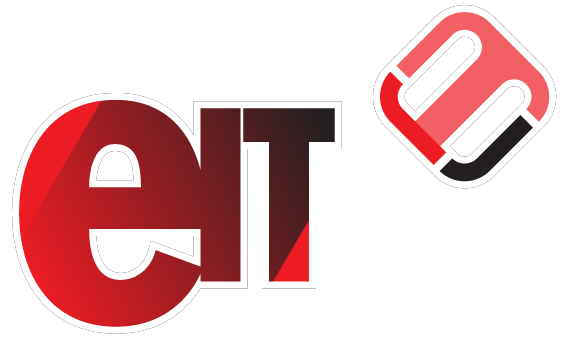Request Payments Via Flywire
With the Flywire integration, payment links can be automatically added to your emails, SMS, or documents. You can also generate these links as QR codes to make payments even easier.
The links are context-aware, meaning they include all the details needed to identify, track, and reconcile the payment in eBECAS/EDMISS.
Throughout the payment life cycle, Flywire sends email notifications directly to the payer, ensuring the process remains transparent.
How Payment Requests Work
With the Flywire integration, payment requests are generated as unique, context-aware links that can be shared to receive both international and domestic payments.
When accessed, the link takes the user to the Flywire portal for a secure payment. The page is pre-filled with the amount, currency, and language, based on the student’s profile in eBECAS/EDMISS and the context in which the link was created.
Once the payment is made, the transaction appears in eBECAS/EDMISS as an External Payment. The payment status is automatically updated as it progresses in Flywire. When Flywire deposits the funds into the college account, the payment becomes available for reconciliation in eBECAS/EDMISS. Because the link is context-aware, the payment is automatically identified and simple to allocate.
Generating Payment Requests
Payment request links are created automatically when sending emails, SMS, or merging documents that include a payment request bookmark (see section below for details). These bookmarks can be customised to appear as links or QR codes, which is especially useful for documents such as invoices or Letters of Offer.
Templates for the following objects can include payment request links:
Offers: Payment amount equals the offer prepayment total amount
Enrolments: Payment amount equals the total balance due for the enrolment
Invoices: Payment amount equals the outstanding invoice amount
Because the links are context-aware, the system identifies the object the payment was requested for and automatically pre-selects the relevant invoices during reconciliation. This ensures the process is simple and accurate.
In summary, to generate a payment request link, simply include the payment request bookmark in your template. Whenever the template is used for messages or documents, the link will be created and added automatically.
Minimum Amount Requirement from Flywire
Flywire requires a minimum payment amount of the college’s currency $50 for generating payment request links. If the calculated payment amount is below this threshold, Flywire will not create a payment request link.
Payment Requests Bookmarks
As explained in the previous section, generating a payment request only requires adding a payment request bookmark to your templates. When these templates are used for messages or documents, the payment links will be automatically created and inserted.
Payment requests bookmarks can be added to email, SMS and document templates.
Add the following single-field bookmark to your Offers, Enrolments, or Invoices templates:
{{flywire_payment_requests-request_url}}
You can also locate this bookmark in the Single Fields bookmarks list:
Flywire Payment Request > Payment Request URL
To customise this bookmark as a link or QR code, use the bookmark helpers.
Monitor Payment Requests
When a payment is completed, a new External Payment record becomes automatically available in eBECAS/EDMISS. To view only Flywire payments (if you use multiple providers), open the External Payments Search and apply the Provider filter set to Flywire.
As the payment progresses through the Flywire life cycle, its status is automatically updated in eBECAS/EDMISS. You can track this in the Payment Status (Provider) column.
Once the status in Flywire changes to ‘delivered’, the payment automatically becomes available in eBECAS/EDMISS for reconciliation.
